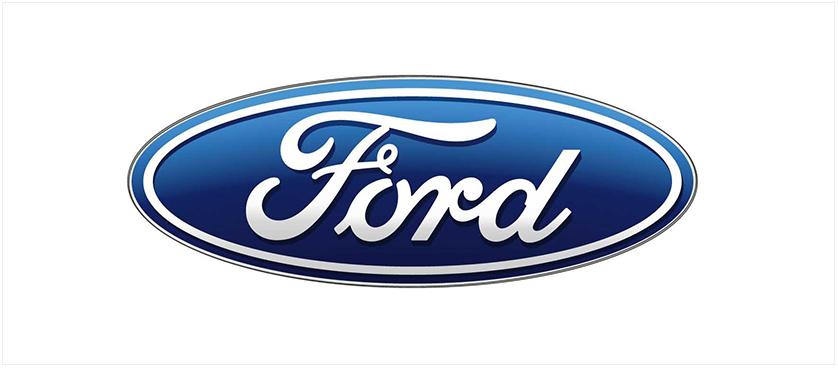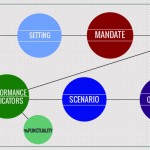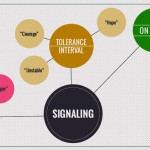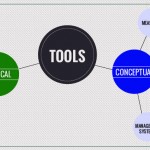Performance Management case study: Ford Pinto – business ethics and performance measurement
smartKPIs.com Performance Architect update 17/2010
CompanyFord Motor Company
SettingIn late 1960s, Ford was facing increasing competition from domestic carmakers and Japanese imports.
MandateIn June 1967 Ford started planning a new model that would outdo the competition. Lee Iaccoca, Vice-President and head of production at the time championed the project that was meant to deliver what was nicknamed “Lee’s car”. lee formulated a set of performance indicators with specific targets to define the parameters of the new product: “The Pinto was not to weigh an ounce over 2,000 pounds and not cost a cent over $2,000” (Dowie, 1977).
Approval process- December1968 – Project “Phoenix” obtained the approval of Ford’s Product Planning Committee for Pinto’s basic design concept (Schwartz, 1991)
- January 1969 – Ford’s Board of Directors, chaired by Henry Ford II gave his approval for Ford’s first domestic sub-compact: Ford Pinto. (Schwartz, 1991, Consumer Guide Auto, 2010a)
The product objectives were listed in Pinto’s “Green book”, “a manual in green covers containing a step-by-step production plan for the model, detailing the metallurgy, weight, strength and quality of every part in the car” (Dowie, 1977).
1. True subcompact
• Size
• Weight
2. Low cost of ownership
• Initial price
• Fuel consumption
• Reliability
• Serviceability
3. Clear product superiority
• Appearance
• Comfort
• Features
• Ride and Handling
• Performance
TargetsThe main targets were (Dowie, 1977):
# Weight of the car – Target: under 2000 lb (907kg)
$ Cost – Target: under $2,000.
# Time from conception to production – Target: 25 months (At almost half of the average of 43 months, this was estimated at the time to be the shortest production planning period in modern automotive history).
ResultsThe achievement of the main targets was as follows (Consumer Guide Auto, 2010):
# Weight – Actual: 1,949 lb (884kg)
$ Cost – Actual: $1,919
# Time from conception to production – Actual: less than 20, as it was launched on 11 September 1970 and the first delivery took place on 13 September 1970
Major design problemAt rear-end collisions of over 30 miles/hour (48km/hour), the rear-end of the car would buckle and the fuel-tank would break and burst into flames. Ford did 11 rear-end crash tests, averaging a 31-mph impact speed, before Pintos went on sale. Some records reveal that rear-end collision tests on the Pinto in took place in December 1970, months after it was already in production (Consumer Guide Auto, 2010). Regardless of the date, out of the 11 tests at 31 miles/hour, only three cars passed the test with unbroken fuel tanks.
Explored solutionsOption 1
Replace the fuel tank with the one used in Ford Capri. It would have been located over the rear axle and differential housing, with much better protection from rear-end impacts.
Decision: Option disregarded due to the impact on trunk space.
During the analysis process a Ford engineer stated: “But you miss the point entirely. You see, safety isn’t the issue, trunk space is. You have no idea how stiff the competition is over trunk space. Do you realize that if we put a Capri-type tank in the Pinto you could only get one set of golf clubs in the trunk?” (Dowie, 1977).
Options 2-4
Three alternative solutions analyzed pre and post production (Consumer Guide Auto, 2010)
• A plastic insulator fitted on the differential that would keep the bolts from ever making contact with the fuel tank. Cost of this item was less than $1.
• The use of a rubber bladder/liner produced by the Goodyear Tire and Rubber Company, at a unit cost of $5.08 per car.
• An extra steel plate attached to the rear of the car just behind the bumper, at a unit cost of up to $11 per car to install.
Decision: Options disregarded due to the impact on costs.
A cost-benefit analysis was conducted to determine the costs associated with implementing such solutions versus the benefits generated by avoiding possible lawsuits resulting from accidents where the gas tank position played a role in injuries or fatalities.
The Pinto went on sale without the gas tank issue being addressed and however meeting all the targets outlined in the “Green book”.
Financial and market outcomes for Ford- The first domestically produced Ford passenger car with a four-cylinder engine since 1934.
- The segment market share of imports was reduced from 15.2 % in 1971 to 14.8% in 1972
- Made an important impact on Ford’s profits during the 1974 OPEC oil embargo. As the most fuel efficient model Ford produced at the time more Pintos were built (544,209) than the sales for full-sized models taken altogether (461,000) (Consumer Guide Auto, 2010b)
- 2,924,773 Pintos built between 1971-1980
- 500 burn fatalities of people who would not have been seriously injured if the car had not burst into flames (Dowie, 1977). National Highway Safety Administration records place this figure at 27 fatalities (Schwartz, 1991).
- In September 1978, Ford issued a recall for 1.5 million 1971-76 Pinto sedans and Runabouts, making it the largest recall in the industry up to that time.
- Millions of dollars in lawsuits were filed and won against the automaker, including the largest personal injury judgment ever.
- In the 1979 landmark case State of Indiana v. Ford Motor Co., Ford notoriously became the first American corporation ever indicted or prosecuted on criminal homicide charges. Ford was found not guilty in March 1980 (Schwartz, 1991).
1970 – Lee Iacocca, the “father” of the Pinto became President of Ford Motor Company
1977 – “Pinto Madness”, an article revealing the story behind the Pinto to the public was published by the Mother Jones magazine. It went on to win a Pulitzer Prize.
1978 – Lee Iacocca was fired by Ford Motor Company. His relationship with Henry Ford II, chairman of the board and chief executive officer (CEO), became tensed as a result of the Pinto scandal.
1979 – Chrysler Corporation recruited Lee Iacocca as their President and CEO, where he served until his retirement in 1992.
1991 – “The myth of the Ford Pinto’s case”, an article revealing some of the inaccuracies in the Pinto scandal was published by the Rutgers Law Review. It concludes with: “If the Ford Pinto case did not exist, law professors would need to invent it: for the case raises essential issues about both the form and the substance of modern products liability doctrine” (Schwartz, 1991).
From a Performance Management point of view the set targets were met and the desired financial outcomes were realized. However this case raises questions regarding both ethics, risk management and the purpose of using objectives and targets.
Stay smart! Enjoy smartKPIs.com!
Aurel Brudan
Performance Architect, www.smartKPIs.com
References
- Dowie, M 1977, Pinto Madness, Mother Jones, September / October issue
- Schwartz, G 1991, The myth of the Ford Pinto case, Rutgers Law Review, Vol. 43, Issue No. 1013
- Consumer Guide Auto, 2010, 1971-1980 Ford Pinto
This Performance Management Case Study is now available in the smartKPIs.com Forum. It also includes:
- additional details
- links to resources
- questions on lessons learned
- a poll regarding the use of safety KPIs
To access these resources and contribute to the discussion by the you are invited to join the smartKPIs.com Forum. Members of the smartKPIs.com Performance Management community can log in to the forum using their registration details. New members are invited to join (for free) the smartKPIs.com community.

Tags: Aurel Brudan, Case Study, Performance Architect Update, Production and Quality Management performance






